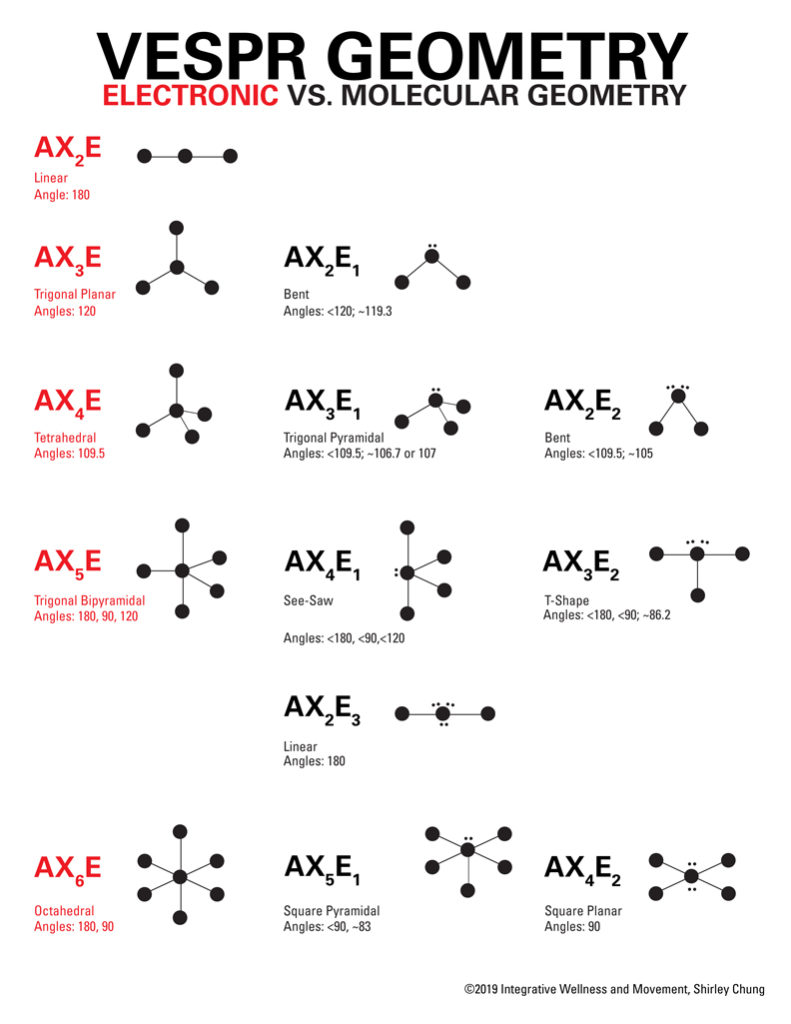- R-OH.
- Alcohols are molecules with the alkyl group attached to the —OH hydroxyl group.
- If a hydroxyl group is a substituent in a molecule, it’s called “hydroxy” or “—oxy” instead of “—oxyl”.
- A phenol is a benzene ring with an —OH attached. Phenols are abbreviated as Ar-OH. Ar is for aryl group. Phenols are weak acids and react with strong bases to make salt (alcohols do not salt out, only phenols).
- Due to the O (oxygen is very electronegative) and H, alcohols are polar and can create intermolecular hydrogen bonds.
- Alcohols can have the polar part and they can have the non-polar part. They can be soluble in a polar solvent like water.
- Due to both the London forces and H-bonds, alcohols have higher boiling and melting points.
- Alcohols have a pK(a) similar to water.
- Alcohols have the suffix -ol. In a ring, the OH group gets lowest-numbering (position) priority.
- If there is more than one OH group, use di-, tri-, etc.
- Some special alcohol structures are: 1,2-ethanediol (ethylene glycol); 1,2-propanediol (propylene glycol); 1,2,3-propanetriol (glycerol, glycerin).
- The carbinol carbon is the carbon that the OH group is attached to.
- An alcohol is: primary if the carbinol carbon is bonded to only one other carbon; is secondary if the carbinol carbon is bonded to two other carbons; is tertiary if the carbinol carbon is bonded to 3 other carbons.
- Alcohols can be made: hydration of an alkene; the reduction of an aldehyde or ketone.
- Reactions with alcohols: combustion; dehydration; condensation; oxidation; halogenation.
Methanol
- Wood alcohol.
- Toxic. Can cause blindness.
- Colorless & odorless.
- Fuel in race cars.
Ethanol
- The “alcohol” in beverages.
- Colorless & odorless.
- Product of carbohydrate fermentation.
- Used as solvent, antiseptic, fuel, treatment for alcohol poisoning.
2-Propanol
- Colorless & has a little odor.
- This is rubbing alcohol (typically sold in stores as diluted).
- Toxic to ingest.
- Disinfectant, astringent.
1,2-Ethanediol
- Sweet tasting but toxic.
- Antifreeze.
1,2,3-Propanetriol
- Glycerol.
- Viscous like honey.
- Sweet, non-toxic.
- Additive in foods and beverages.
- One of the products in fat-hydrolysis.
- Water soluble.
- Cosmetics, pharmaceuticals, lubricants, intermediates.


